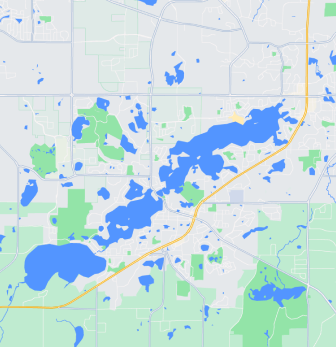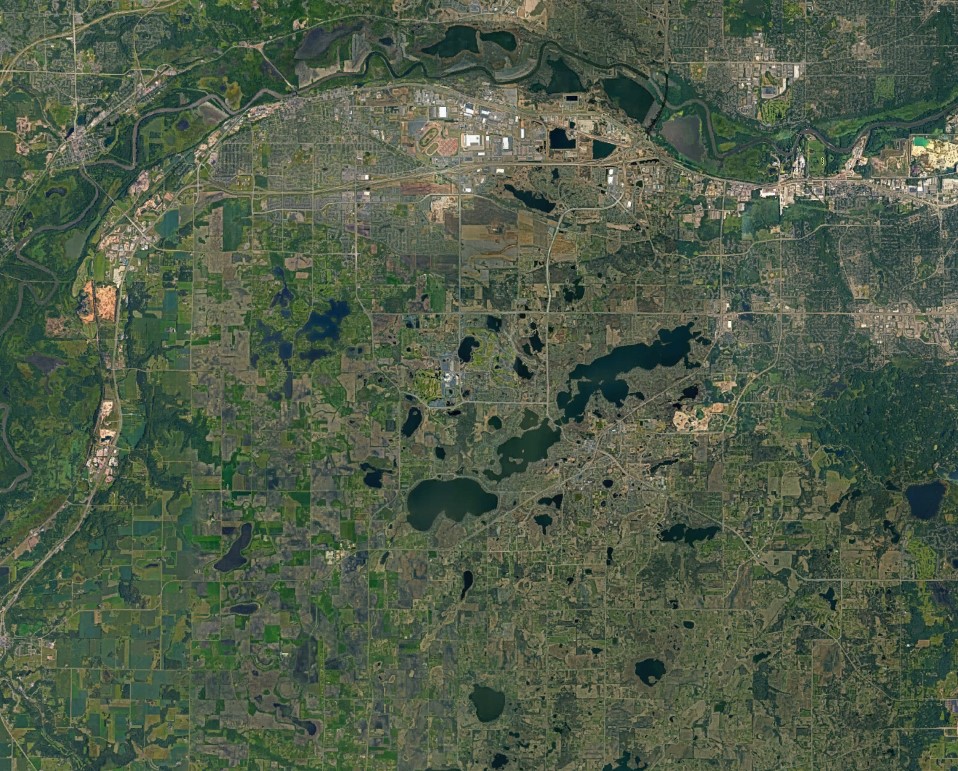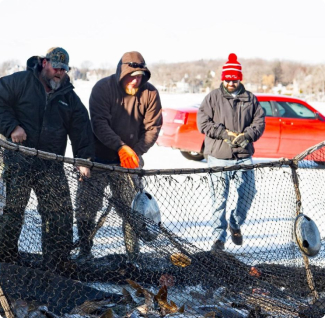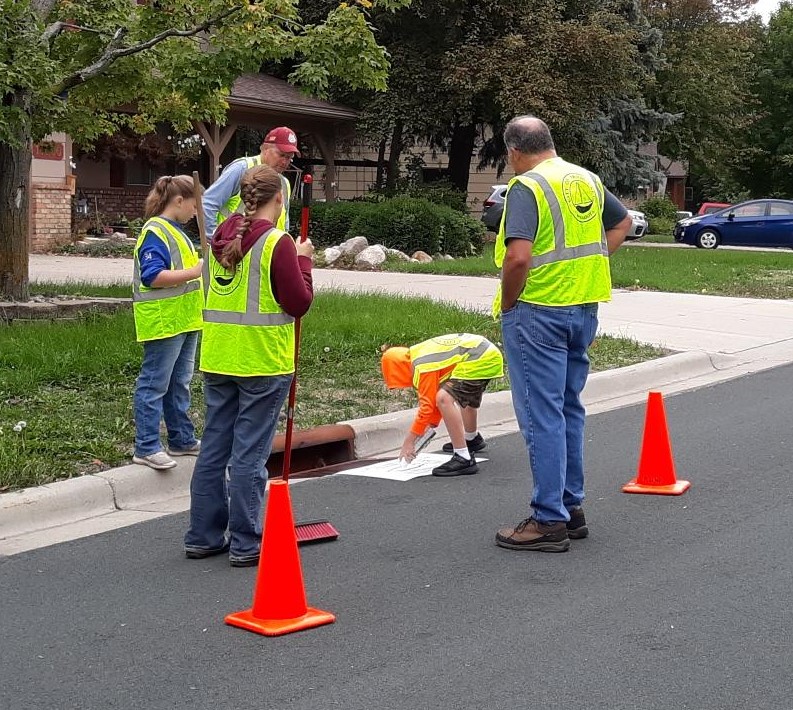Fish Point Park Retrofits
The Fish Point Park Retrofit project includes three elements: retrofitting an existing ditch section with in-line iron-sand filters, expanding storage capacity and creating wetland upstream of the ditch, and installing a new predictive control structure in the existing berm.
The project was completed through a partnership between the Prior Lake-Spring Lake Watershed District (PLSLWD) and the City of Prior Lake and partially funded by a grant from the Board of Water and Soil Resources (BWSR)’s Clean Water Fund program.
Stormwater runoff from over 89 acres of land is funneled through Fish Point Park before it enters Lower Prior Lake, making it an ideal location for a stormwater treatment train. This project includes four elements: a wetland enhancement, a water control structure, a prairie restoration, and an iron-sand filter. Together, these four BMPs work to reduce the amount of phosphorus entering the lake by 34 pounds per year.
Outcomes
The subwatershed in which this project is located was identified as undertreated in the Diagnostic and Feasibility study. By improving the efficiency of the existing treatment train from 35% to an estimated 78%, the overall load to Lower Prior Lake would be reduced by 19 lbs, to 10lbs/year. The three elements in this project will work together to enhance their collective effectiveness, making the overall project benefits greater than the sum of the benefit provided by each part.
The last lake in the Spring and Prior chain of lakes, Lower Prior Lake is a regionally important recreational and ecological resource. Unlike the other two lakes in the chain, it remains off the Impaired Waters list and PLSLWD and the City of Prior Lake want to keep it that way. Given the urban watershed that surrounds this lake, significant actions to reduce untreated stormwater needed to be taken.
-
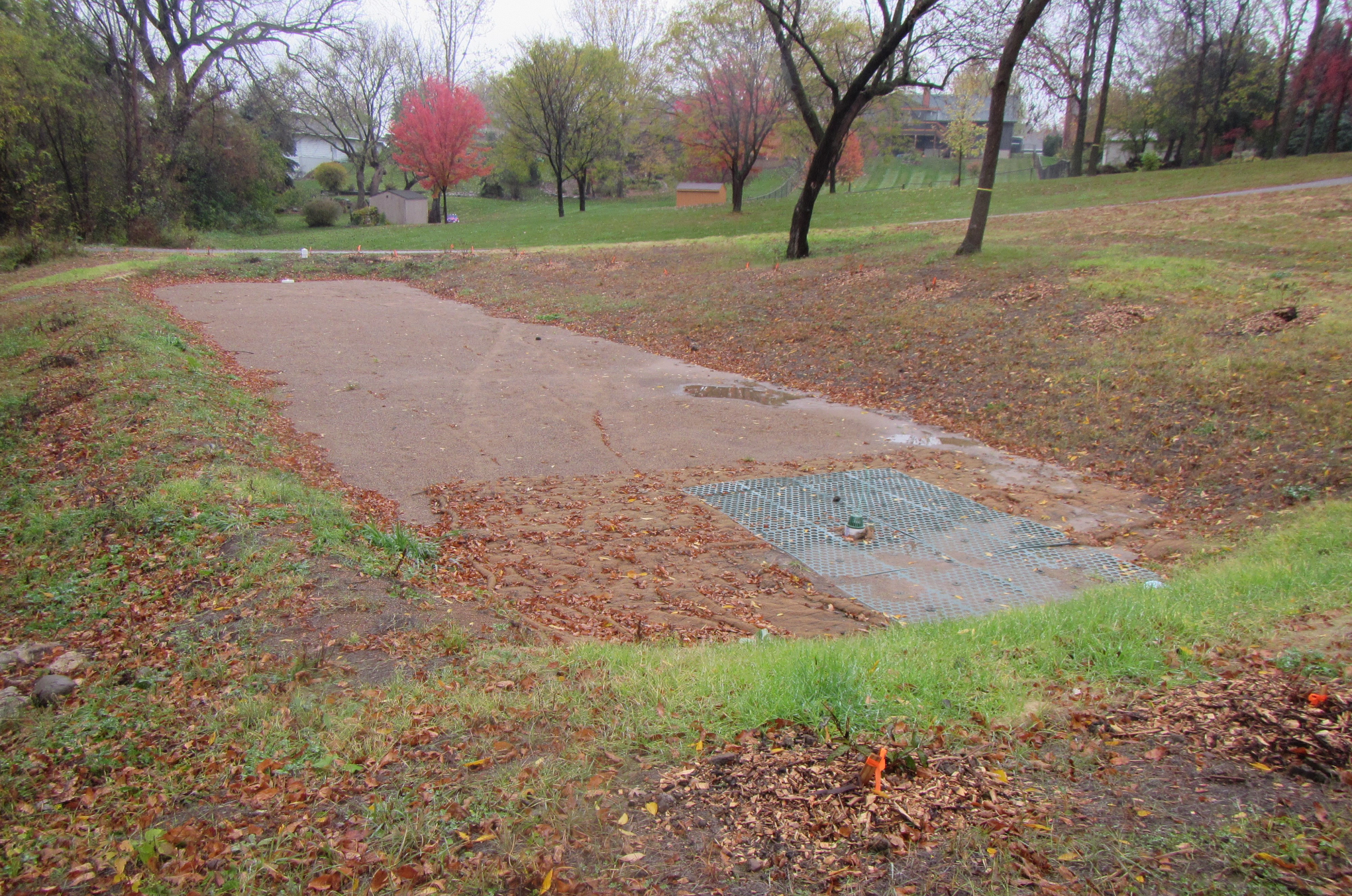
Iron sand filter at Fish Point Park.
-
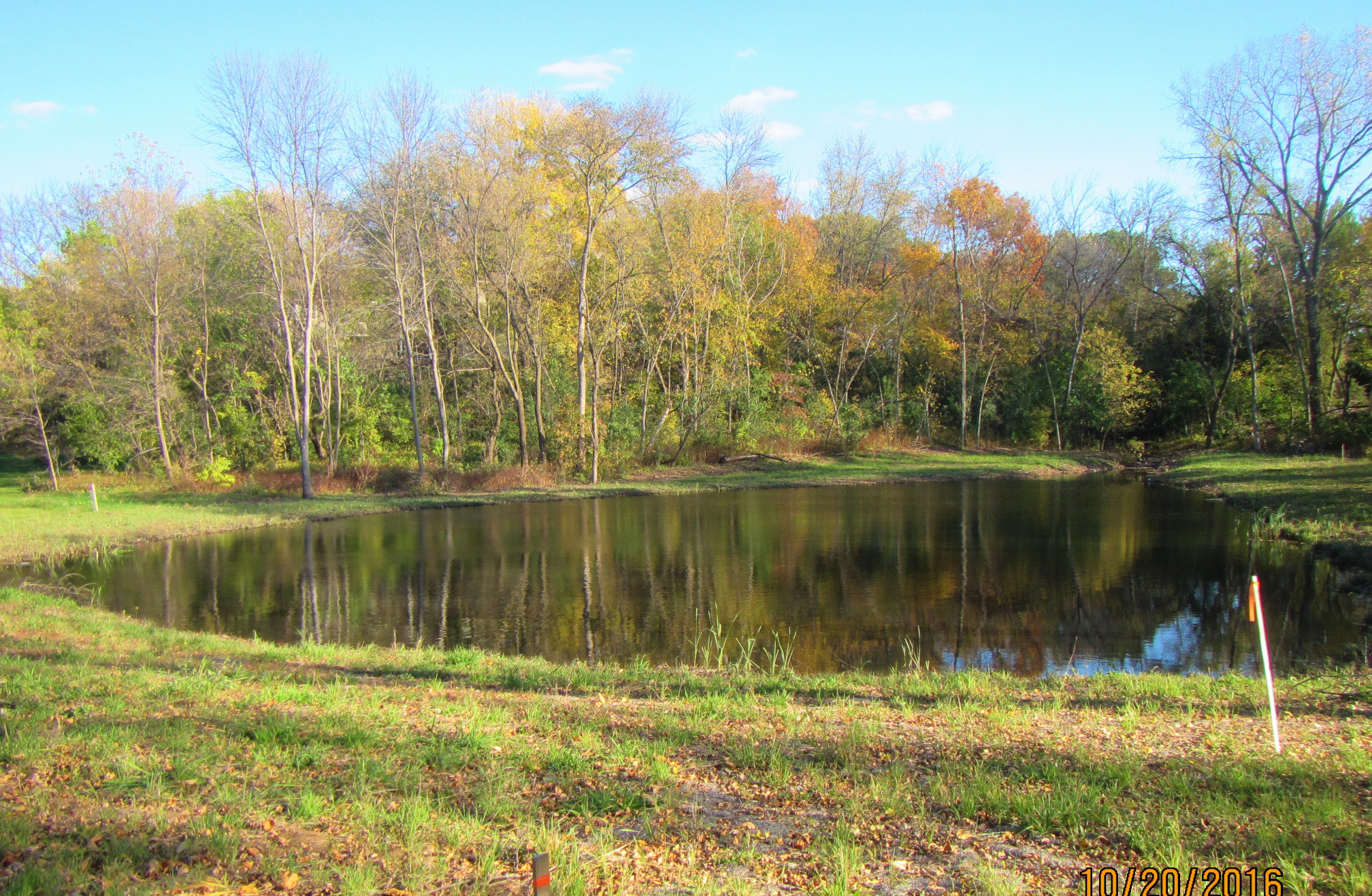
-
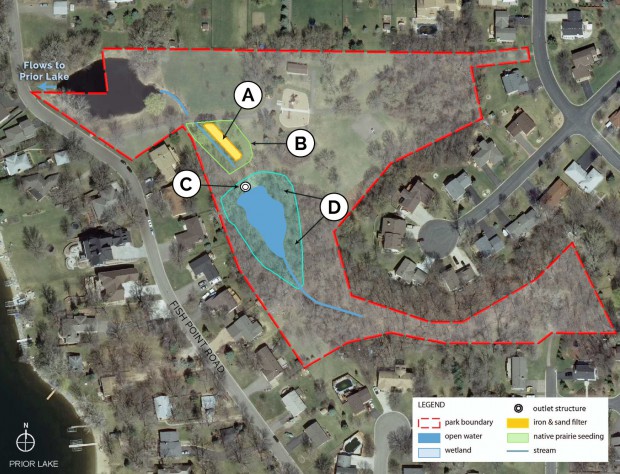
Benefits
- Improves water treatment from 35% efficiency to 85% efficiency
- Prevents 34 lbs of Phosphorus from entering the lake each year
Timeline
- In July 2013, Prior Lake-Spring Lake Watershed District wrapped up a Diagnostic and Feasibility study
- Following a neighborhood meeting held in July 2015, several changes were made to the original plans to accommodate neighbors’ feedback.
- October 2015, a Conservation Corps Minnesota crew began tree and brush removal at the site to prepare for the excavation of the wetland pond
- Crews completed the excavation of the ponding area during the first week of November 2015
- October 24, 2017: Ribbon-cutting ceremony at Fish Point Park to celebrate the new water quality projects at the park
Related Documents
Partners
City of Prior Lake

